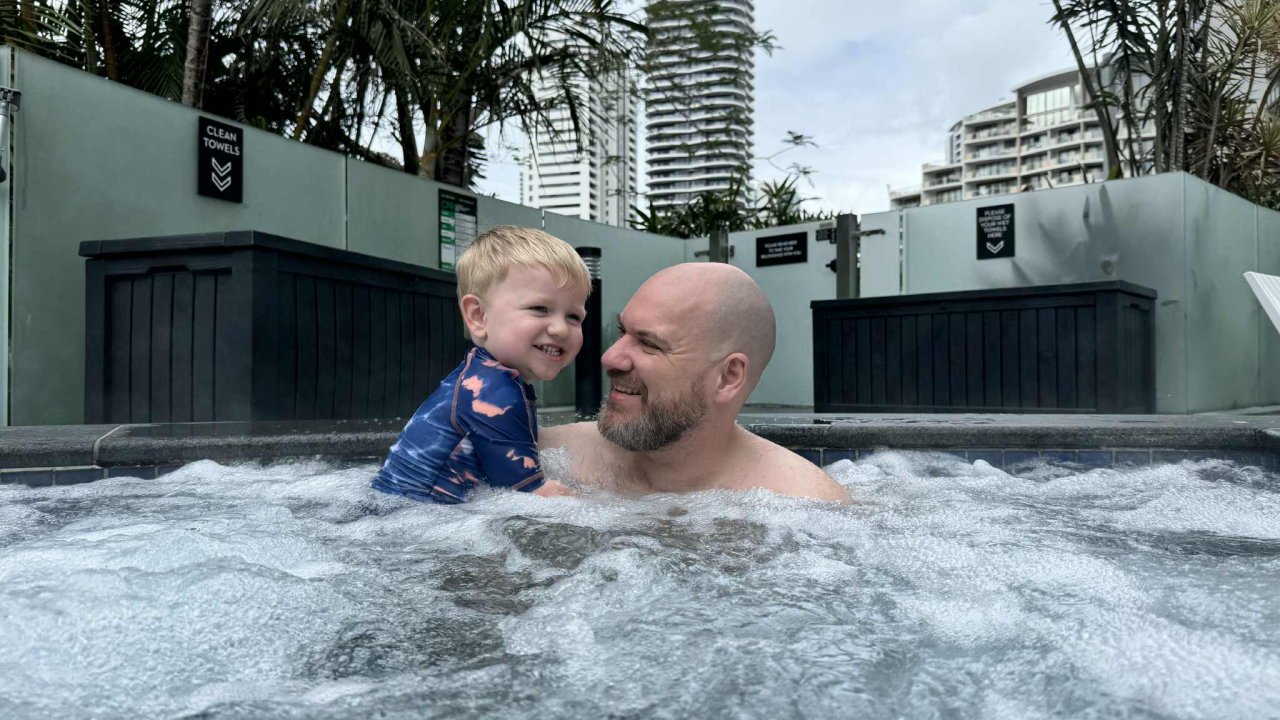Starting With Why: The Intersectional Story Behind My Leadership
Hiwa-i-te-Rangi and I - He's a large part of my why. Photo Credit Frankie Karetai-Wood-Bodley
Why I Do What I Do
I was recently reminded in an eMBA class taught by Associate Professor Dr Elizabeth Gray “People don’t buy what you do; they buy why you do it.” Famously said by Simon Sinek, that line has stayed with me from the first time I heard him say that on a TED Talk and through every stage of my mahi from working alongside community boards, to leading projects at Ministry of Health, Whaikaha and now at Health New Zealand | Te Whatu Ora, to standing in front of new nurses and practice managers, to advocating for Rainbow and disabled voices on the international stage.
For me, my 'why' is simple, yet it has been shaped by complex, layered, and sometimes painful realities.
I want to build systems that work for everyone, and most importantly, for the future of our children and those who are often left behind.
Because I know what it feels like to be left behind.
“My why is rooted in my whakapapa, my trauma, my identity, and my hope, and it’s carried forward in the futures of our tamariki.”
The Hard Road to Why
My why didn’t come from a textbook. It came from lived experience:
As a child, I felt shame learning te reo Māori at school, in a society that looked down on te ao Māori.
At age 10, I was hit by a car, suffered a head injury, sustained significant back and leg damage, and damage to my internal organs; this accident led to me becoming disabled. That moment changed my body, my brain, and the way I experienced learning forever.
As a Māori and Pacific, I’ve seen colonisation’s intergenerational impacts, violence, inequity, and the trauma of being made invisible.
As a bisexual, takatāpui, and disabled person, I’ve felt the sting of erasure, sometimes even inside my own communities.
These were challenges. But they also lit a fire in me.
Because every time I was told I didn’t belong, I realised someone had to fight for belonging to be non-negotiable.
Intersectionality as My Compass
Intersectionality, as Kimberle Crenshaw defined it, is about recognising that none of us lives a single identity at a time. We are shaped by overlapping realities that can multiply barriers or amplify resilience.
My 'why' is to harness those overlapping realities, Māori, Pacific, takatāpui, disabled, and rural, and turn them into fuel for leadership and system change.
That’s why I’ve chosen roles where equity and inclusion are not add-ons, but central:
As National Manager of Disabled People’s Health at Te Whatu Ora, I am embedding disability responsiveness across hospital and specialist services.
As Treasurer and Board Member at ILGA Oceania, I amplify Rainbow and Indigenous voices across the Pacific.
As part of the Technical Advisory Group for the Maternity Commissioning Framework and the Bereavement Care Pathway, ensuring services reflect the realities of diverse whānau.
And always, as a connector in my local communities, with Te Pūawaitanga ki Ōtautahi Trust, Recovered Living NZ, with Rainbow sports, with disability and Māori networks.
Wherever I find myself, whether it's local boards, regional leadership groups, or global forums, I lean into community because the answers are always there, if you listen.
“My why is not just to fix systems. It’s to ensure our tamariki never inherit the barriers we did.”
From My Why to Action
So, what does star look like in ’ look like in practice?
For me, it means:
Naming inequities. Systems cannot change what they refuse to see.
Embedding intersectionality. Every project, every policy, every speech must ask: who is missing?
Building and living with values. Commercial returns or efficiency mean nothing if they harm the very people they are intended to serve.
Carrying hope. Change is slow, sometimes painful, but it is possible when we lead with aroha.
Staying grounded in community. Leadership is not about leaving people behind; it’s about lifting them with you.
This is why I have always gravitated to roles where community sits at the centre. From student associations and university governance, to local and regional leadership, to national health projects and global Rainbow advocacy, my why has never changed.
Closing Reflection
Simon Sinek’s Start with Why reminds us that people connect with purpose, not process.
My why is not just professional; it is personal. It is written into my whakapapa, my scars, my resilience, and my whānau.
It is the reason I stand up in rooms where my communities are absent. It is the reason I advocate for equity in ACC, Te Whatu Ora, and beyond. It is the reason I write these reflections.
Because, in the end, my why is simple: to ensure that equity, dignity, and inclusion are not privileges, but rights. For me. For my whānau. For all of us.
“We don’t just raise children. We raise futures. And my why is to make those futures fairer, safer, and more inclusive.”
🔗 Follow me for more reflections on systems change, equity leadership, and human rights diplomacy.
🖤 Ko te pae tawhiti whāia kia tata. Ko te pae tata whakamaua kia tīna. | Seek out the distant horizons so they may become close. Hold fast to the close horizons so they may be secured.


